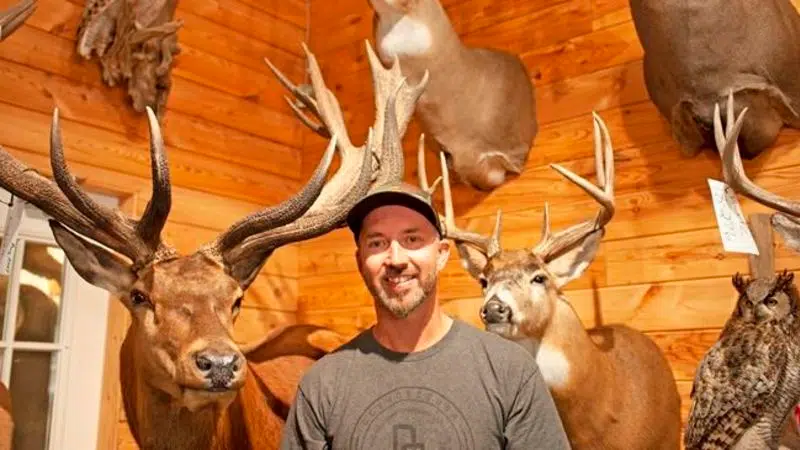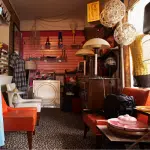
Meet the taxidermist who’s building a bigger rack for Mac the Moose
MOOSE JAW, Canada — Moose Jaw’s Mac the Moose isn’t looking quite like himself.
His antlers were removed Wednesday in order for bigger ones to be built so that he can reclaim the title of world’s tallest moose.
A small crowd gathered to watch as a crew took off Mac’s antlers one-by-one.


